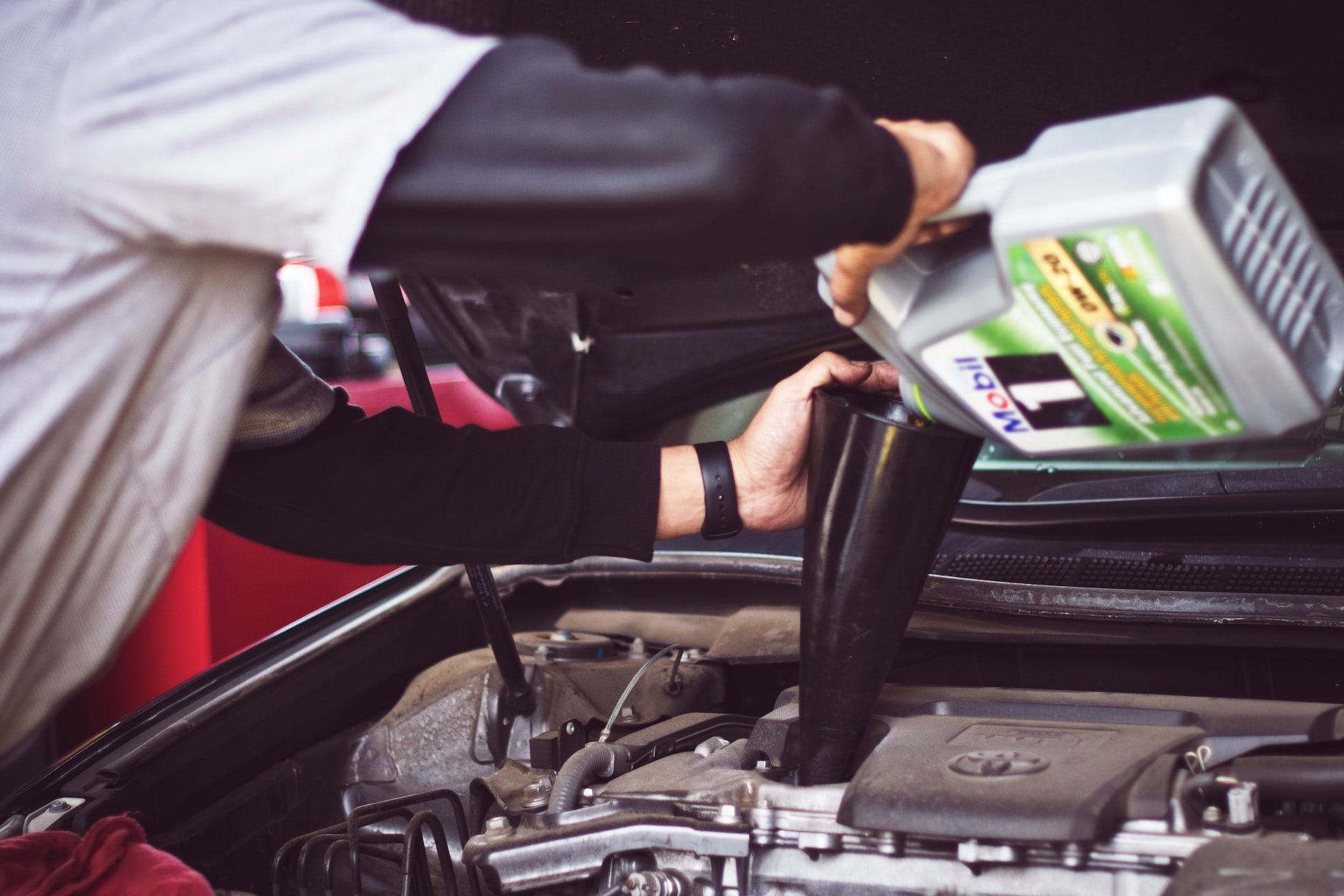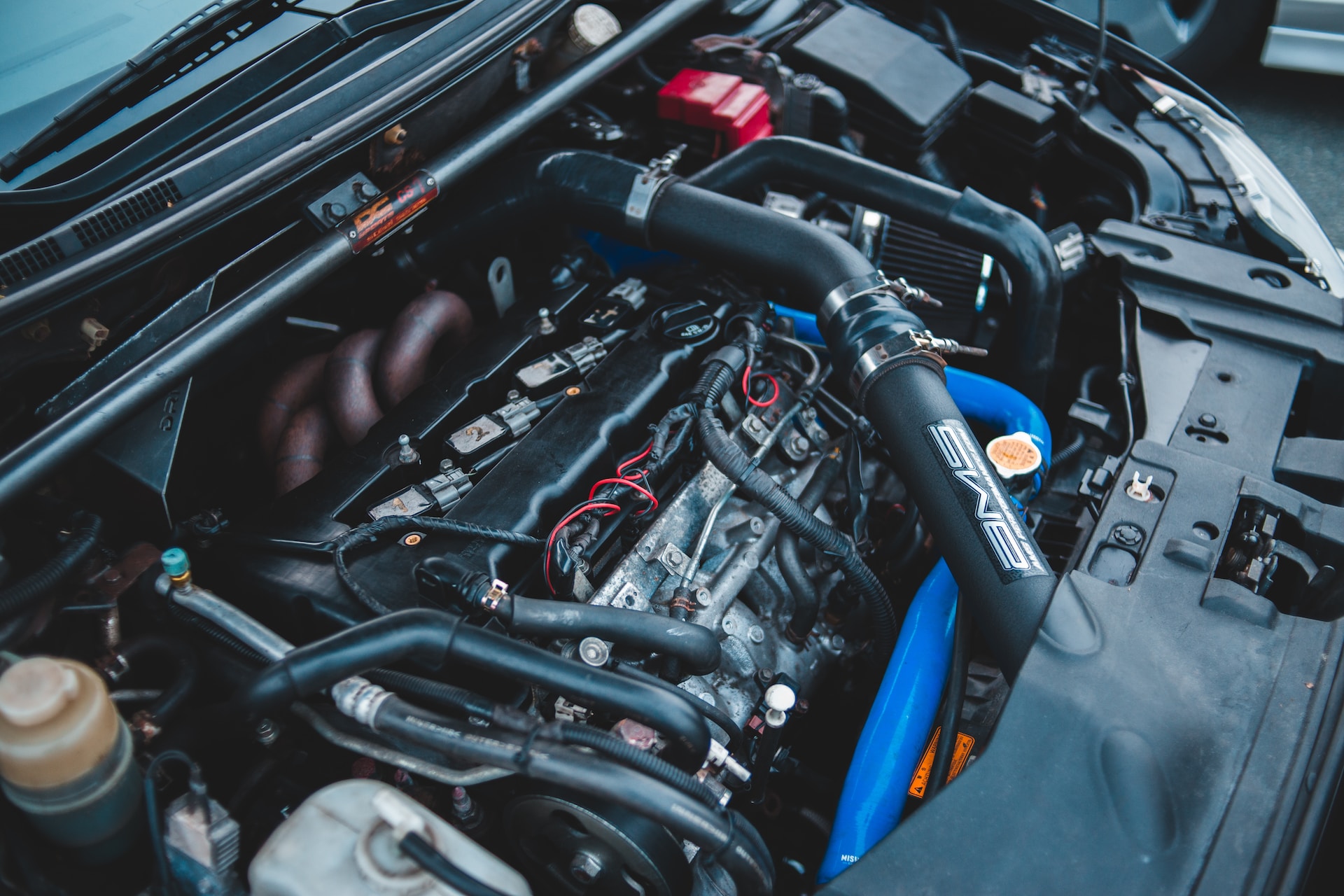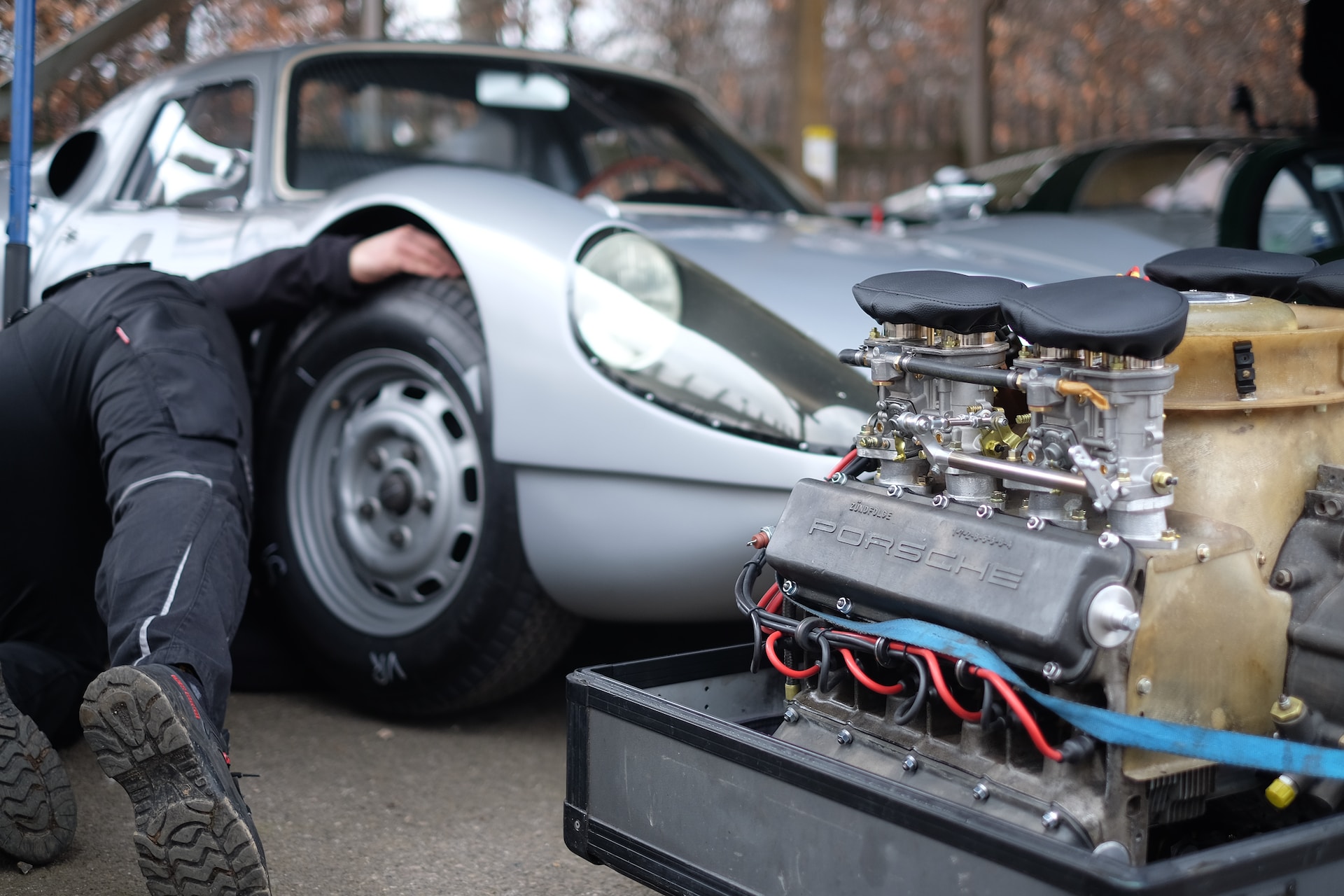Introduction:
Maintaining your car can seem like a daunting task, but it’s essential for keeping your vehicle running smoothly and safely on the road. A regular car maintenance checklist can also save you money on costly repairs and extend the life of your car. In this blog post, we will discuss some easy car tips for maintaining your car that you can easily do yourself or with the help of a professional mechanic.
Top 3 Easy Car Tip:
Check and Change Fluids Regularly:
One of the most important aspects of car maintenance is checking and changing fluids regularly. Fluids such as engine oil, coolant, brake fluid, and transmission fluid are essential for the smooth operation of your vehicle. Here are some important car tips for checking and changing fluids in your car.
Importance of Fluid Levels for Engine Performance:
Fluid levels are critical for the performance and longevity of your engine. Low or dirty fluids can cause engine components to wear out faster and lead to more significant problems over time. Regularly checking fluid levels and changing fluids when necessary can help keep your engine running smoothly and efficiently.
How to Check and Change Oil, Coolant, Brake Fluid, and Transmission Fluid:
Engine Oil: Check the oil level regularly and change it every 3,000-5,000 miles depending on your car’s make and model. To check oil levels, park your car on level ground and let it cool for a few minutes. Remove the dipstick, wipe it clean, and reinsert it. Remove it again and check the oil level on the dipstick. If the level is low, add more oil as needed.
Coolant: Coolant is essential for regulating your engine’s temperature. Check the coolant level regularly and change it every 30,000-50,000 miles. To check the coolant level, wait until the engine has cooled down and check the level in the coolant reservoir. If the level is low, add more coolant as needed.
Brake Fluid: Check the brake fluid level every 6 months and change it every 2 years. To check the brake fluid level, locate the brake fluid reservoir in the engine compartment and check the level against the minimum and maximum marks on the side of the reservoir. If the level is low, add more brake fluid as needed.
Transmission Fluid: Check the transmission fluid level and change it every 30,000-60,000 miles depending on your car’s make and model. To check the transmission fluid level, locate the transmission dipstick, remove it, and check the fluid level on the dipstick. If the level is low, add more transmission fluid as needed.
Inspect Tires Pressure and Tread Depth
Proper tire pressure and tread depth are crucial to ensuring the safety of your car. Underinflated or overinflated tires can affect the handling of your car and increase the risk of a blowout. Inspect Tires because with low tread depth can cause your car to skid or hydroplane in wet conditions. Therefore, it’s important to check your tire pressure and tread depth regularly.
How to Inspect Tires Pressure and Tread Depth
To check your tire pressure, you’ll need a tire pressure gauge. The recommended tire pressure for your car can usually be found in your car’s owner’s manual or on a sticker located on the driver’s side door jamb.
To check your tire tread depth, you can use a penny or a tire tread depth gauge. Place a penny with Lincoln’s head facing down into the tread of your tire. If you can see the top of Lincoln’s head, it’s time to replace your tires. Alternatively, you can use a tire tread depth gauge to measure the depth of your tire tread. If the depth is less than 2/32 of an inch, it’s time to replace your tires.
Importance of Rotating and Balancing Tires
Rotating and balancing your tires can help ensure even wear on your tires and prolong their life. Tires on the front and back of your car wear differently, so rotating those helps distribute the wear more evenly. Balancing your tires can also help prevent uneven wear and vibrations, which can affect the handling of your car.
Check Our Blog on Risks For Driving With Low Tire Pressure
Replace Worn Out Parts: Keeping Your Machinery Running Smoothly
Regular maintenance is critical to keeping machines and equipment running efficiently and avoiding costly repairs. One essential aspect of the maintenance checklist is replacing worn-out parts promptly. Over time, the stress of continuous use takes a toll on equipment, and parts can become worn out, damaged, or even broken. Ignoring worn-out parts can cause further damage to the machine, leading to costly repairs, downtime, and even safety hazards. In this article, we will explore the importance of replacing worn-out parts, signs to look out for, and best practices for replacing them.
The Importance of Replacing Worn-Out Parts
Replacing worn-out parts is essential for several reasons. Firstly, it ensures that the machine continues to run efficiently, and with optimal performance. Worn-out parts can cause other components of the machine to overcompensate, causing them to wear out faster. Secondly, it helps to prevent costly repairs down the line, saving time and money. Lastly, replacing worn-out parts can help to avoid safety hazards, as damaged or worn-out parts can increase the risk of accidents and injuries.
Best Practices for Replacing Worn-Out Parts
To ensure that your machines and equipment continue to run smoothly, there are some best practices to follow when replacing worn-out parts. Firstly, always use high-quality replacement parts that are specifically designed for your machine. This will ensure that the new parts fit correctly and function correctly. Secondly, follow the manufacturer’s instructions when replacing parts to ensure that the replacement is done correctly. Finally, consider replacing multiple parts at once to avoid future breakdowns.
Drive Carefully
Driving carefully is not only essential for your own safety but also for maintaining the health of your car. Safe driving habits can reduce wear and tear on your car, prevent accidents, and save you money on expensive repairs. Here are some car tips for maintaining your car by driving carefully.
Avoid Aggressive Driving
Aggressive driving, such as speeding, rapid acceleration, and sudden braking, puts unnecessary strain on your car’s engine, brakes, and suspension. It can also increase your risk of an accident. Instead, drive at a steady pace and avoid sudden movements.
Keep a Safe Distance
Following too closely behind other vehicles can cause excessive wear on your brakes and tires, and increases your chances of getting into an accident. Always maintain a safe following distance to give yourself enough time to stop in case of an emergency.
Keep Your Car Maintained
Regular car maintenance checklists such as oil changes, tire rotations, and brake inspections, can help ensure that your car is in good condition and reduce the risk of breakdowns while on the road.
By following these car tips for maintaining your car through safe driving habits, you can help keep your car running smoothly and prevent costly repairs. Safe driving is not only beneficial for your car but also for your own safety on the road.
Check our blog on Why is my check engine light flashing?
What are the basic car maintenance tips?
Basic car maintenance tips include regular oil changes, checking tire pressure, keeping fluids topped off, replacing filters, inspecting brakes and suspension, and washing and waxing. Following a maintenance schedule can help extend the life of your car and prevent costly repairs.
What is the easiest car maintenance?
Regularly checking and topping up fluids, such as oil and coolant, is the easiest car maintenance. It’s also important to keep tires properly inflated and replace them when necessary. Basic cleaning and detailing can also keep a car in good condition.
What 3 things should I keep in my car?
Three essential things to keep in your car are a spare tire and jack, an emergency kit including jumper cables and a flashlight, and a first aid kit. These items can help you in unexpected situations on the road




